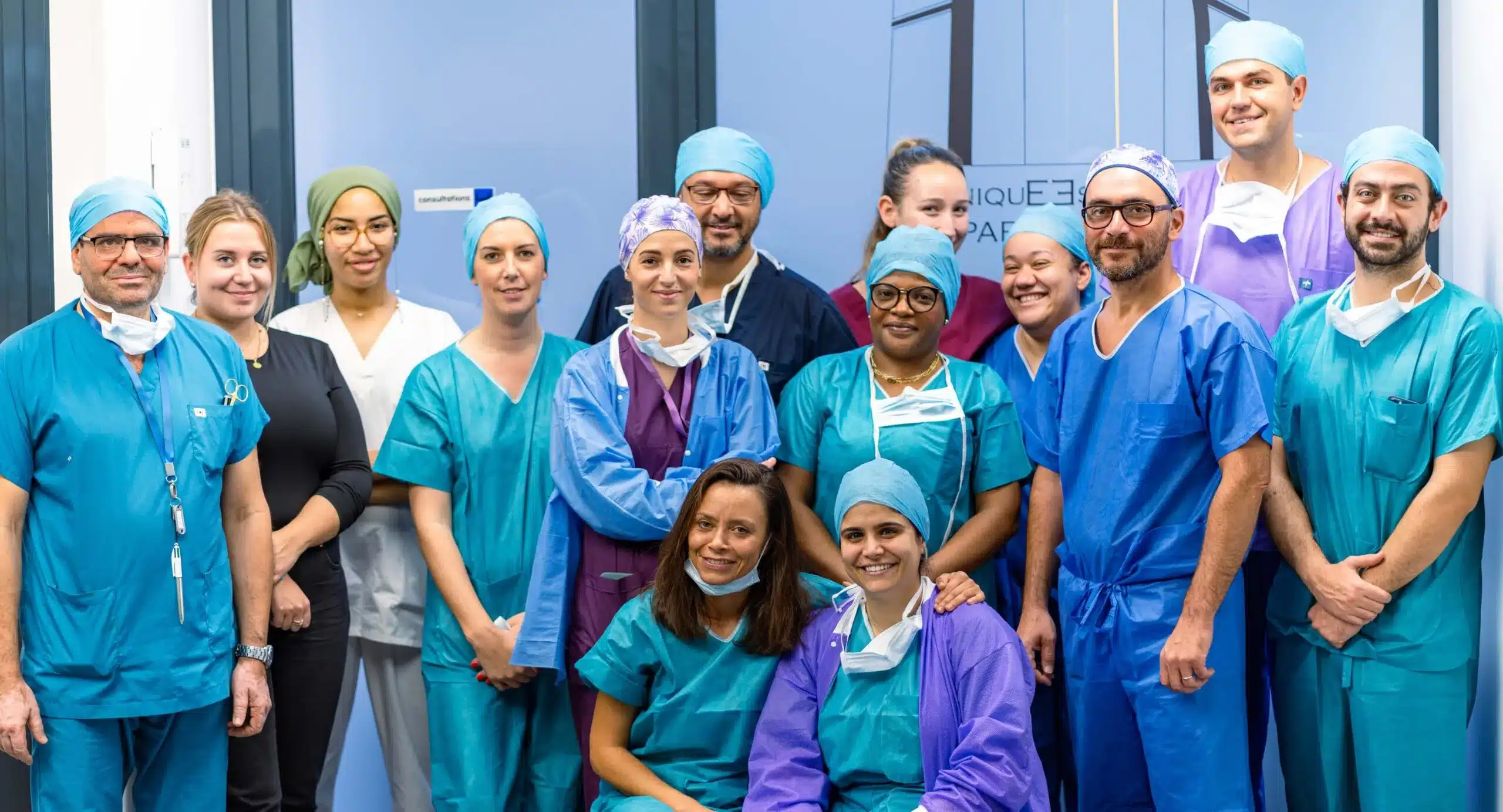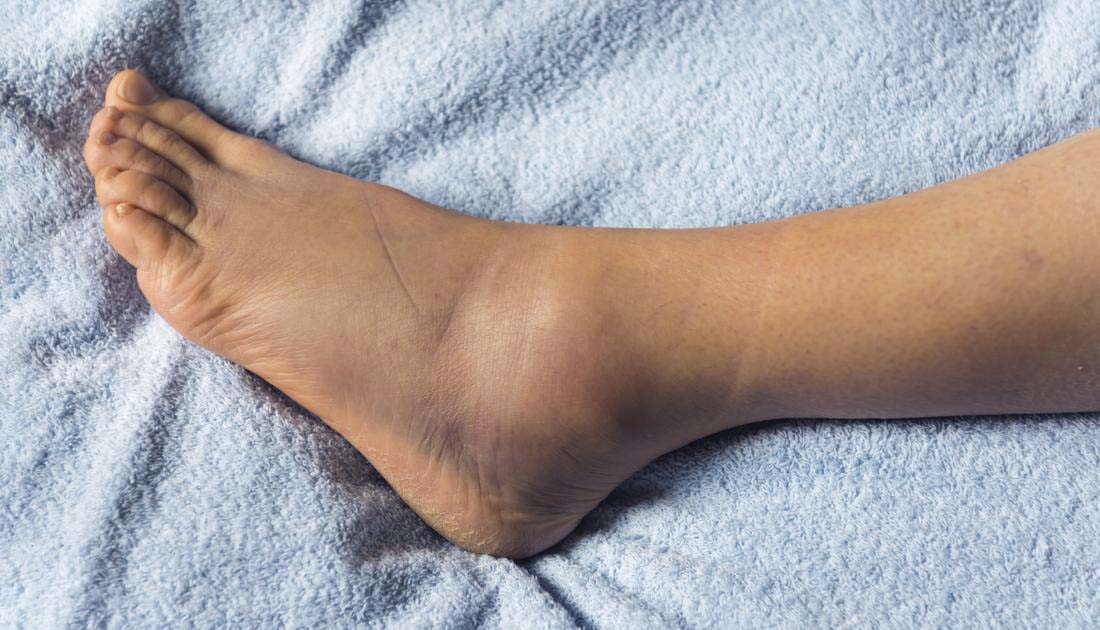If you are suffering from lipedema and want to treat it, a venous examination is essential. But what exactly is a venous examination and what purpose does it serve if you have already been diagnosed?
What is the venous examination ?
The venous examination, otherwise known as an echo-Doppler examination, is a medical imaging examination which consists of observing the veins of the arms or legs and their blood flow, on moving images. It is based on two techniques: the first, with which you are probably familiar, is ultrasound. The second is the Doppler function: the ultrasound probe studies the frequency of sound waves, which is modified if the waves are reflected by a moving target. In this case, the red blood cells, or blood flow.
The aim is to allow a better diagnosis of your disorders, and the impact on your limbs. The venous network will stand out particularly clearly, and is usually colour coded: blue if the blood flow is normal, red if it is against the flow (indicating reflux).
How is it done ?
It is carried out by ultrasound, using a probe that is moved over the observed limbs. There are many advantages to this technique: it is completely painless, harmless, non-intrusive. Therefore, it can be recommended at any age, and repeated as many times as necessary – which is very useful to see the progression of lipedema and the impact of treatments. It can also identify and define the location of venous thrombosis and the size of the clot blocking the vein. This is very useful if you suffer from lipedema, which is frequently associated with increased risk of thrombosis.

How does the exam work in practice ?
The examination will necessarily be carried out by a specialist – radiologist, doctor or vascular surgeon. After asking you a few questions about your treatments, your state of health or the surgery you have undergone, he or she will seat you on a stool, from the front and then from the back. In some cases, you may also be seated on an examination table. He will then apply a gel to the affected limbs. In the case of lipedema, this will be your legs and/or arms. This will allow the ultrasound to circulate better. He will then place the probe in contact with the skin. He may perform manual compressions with the probe to better study the direction of blood flow and diagnose a possible reflux or thrombosis.
The examination lasts on average about 30 minutes, so make sure you allow plenty of time when making your appointment. You should also avoid applying creams or oils to the limbs concerned, so that they do not interfere with the ultrasound. As we have seen, the doctor will apply a gel to you anyway.
How are the images formed ?
The examination is recorded by a computer, which will convert the images into movements. The doctor can then study all the movements he has analysed and give you a detailed report.


